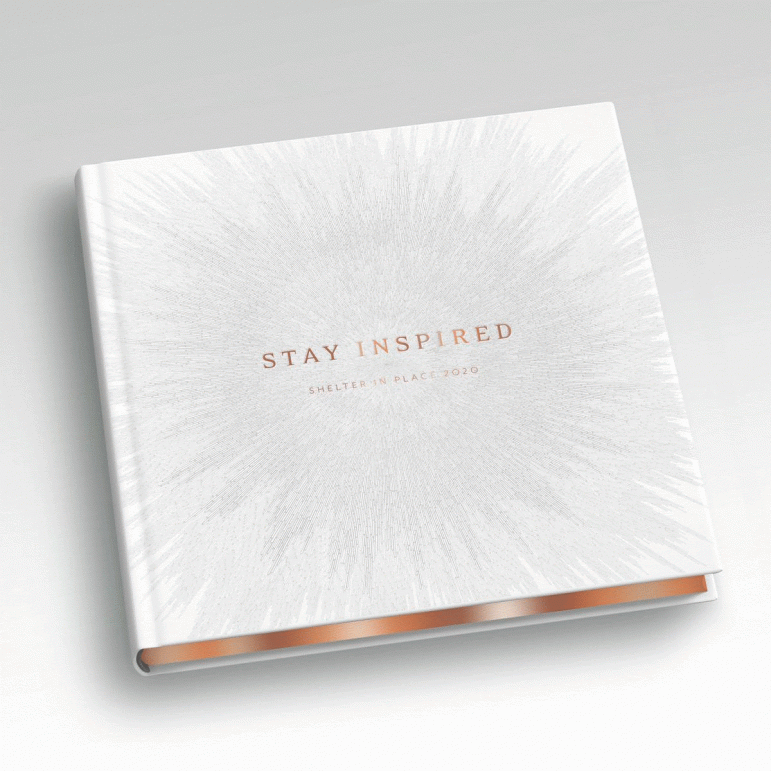
For Lisa Dolby Chadwick, the Post Street art gallery that bears her name has been her life’s work, her calling.
When the pandemic hit San Francisco, she did not know what to do.
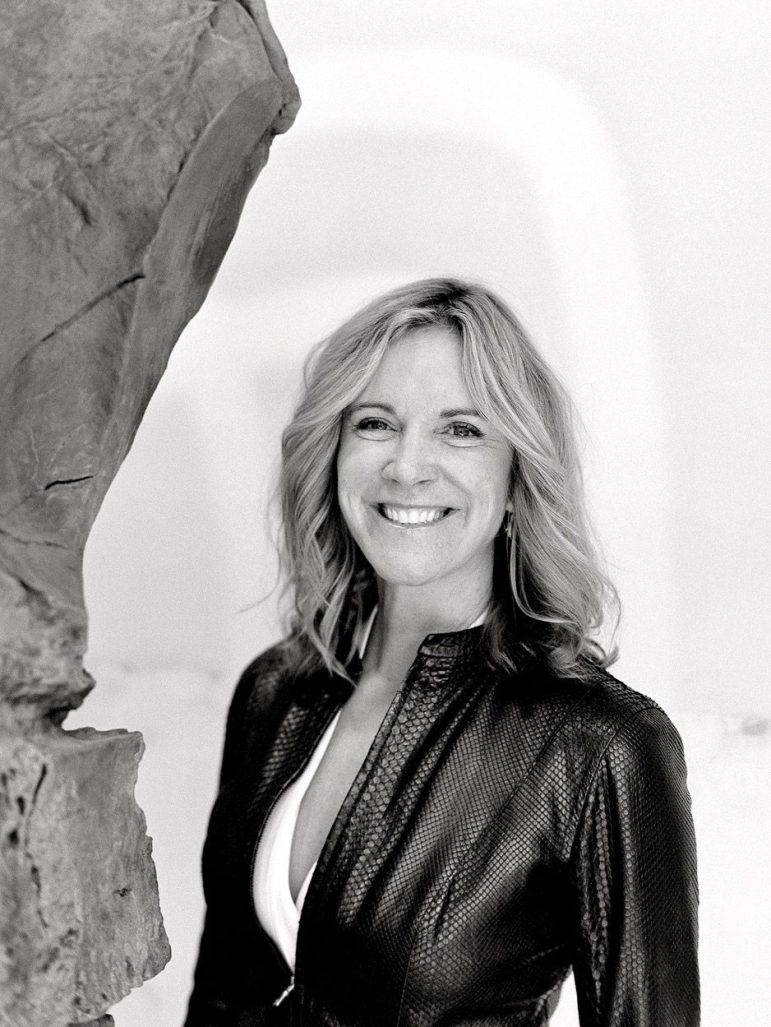
Galleries everywhere were closing down, furloughing their staff and hunkering down to ride it out. They canceled or postponed exhibitions. With people locked up at home, there would be no customers.
But how could she close the gallery? Her artists were paid on commission, and only when a painting was sold. If she closed, she would be depriving her artists of any hope of getting a check. And for the artists, those checks could make all the difference.
If an exhibition was successful, an artist could make a grubstake to allow him or her to continue his or her work; if not, it could mean back to the work-a-day commercial world.
And beyond the artists, if Chadwick closed, what would happen to the gallery that she had built?
She’d done well over the years that she owned the gallery. At the beginning, she didn’t have enough money to actually rent space to show art. She started in a cube at an architectural office in the Merchants Exchange Building. Her gallery was conceptual, not physical.
But she’d persevered and, 25 years later, had built a thriving commercial gallery where she represented some of the best artists in the world, in her opinion. But she wasn’t selling $2 million pieces that could provide a cushion to ride out a pandemic. She had rent and a staff to pay and taxes and all the other things that any business in pricy San Francisco has to endure.
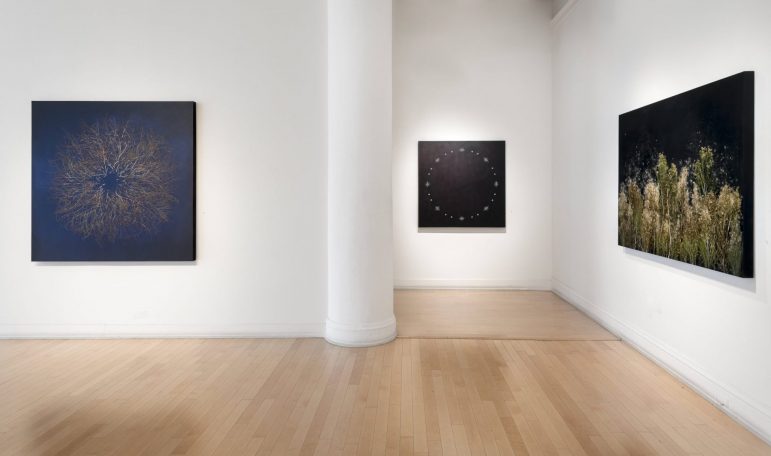
But now with the city locked down, who wanted to pay for art shippers to crate and insure and ship paintings cross-country, where they would hang on gallery walls in an empty gallery?
It was a no-brainer. Galleries were not essential businesses; artists were not essential employees.
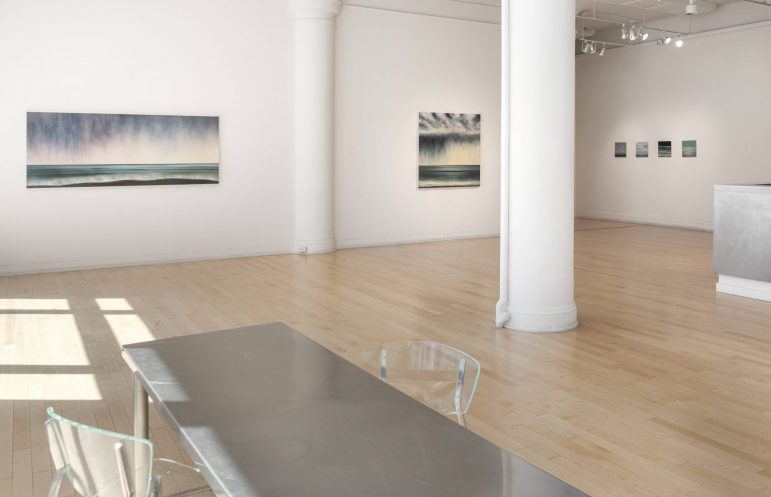
In that desperate period in early March, Chadwick took it day by day. First, she had the employees commute together to avoid the crush of public transportation and she let the employees with high-risk conditions work from home. Then, she let everybody work from home. Soon she was the only one in the big, empty gallery.
Every day, her mailbox was full of “COVID emails” from businesses and companies announcing restrictions and changes to their policies or work hours. Everyone was keeping their customers informed of how the virus had dislocated or disabled their businesses.
Chadwick started an email to her clients to tell them what she was going to do. The problem was she didn’t know. Information about the pandemic was changing every day, as were the rules and regulations of the city and state.
Every day, she worked on the email, and every day, she decided not to send it.
And then one day, she deleted the COVID email that she’d been working on for days and began another. Instead of gloom and panic and tearfulness, she posted a little video.
In the clip a huge two-section painting fills most of the screen. The painting is not hung on a wall but is being held from behind by two people as if to position it so a customer can get a different perspective on it. The painting is so big that you can’t see anything of the people behind it other than their leggings and black booted legs sticking out at the bottom.
When the video starts there is big band music. Benny Goodman is playing “Sing, Sing, Sing.” The legs behind the painting begin to dance. The painting is dancing.
Her email was not a COVID-is-shutting-me-down email.
This was a dancing painting email. It meant that the Dolby Chadwick Gallery was going to stay open.
Somehow.
Chadwick did not grow up in elite circles. Though people always ask, she is not related to the Dolby family of Dolby Laboratories, Inc., the San Francisco company known, among other things, for its audio noise reduction and surround-sound technology.
Chadwick was born in Oregon where her father was a teacher and a football coach.
When she was 8, her father got a coaching job at San Jose State, and her family moved to California. She was extroverted and engaged.
She liked football. “I liked hanging out with the coaches and sitting up in the press box,” Chadwick says. “We had the defensive line over for dinner all the time.”
She was athletic. She played volleyball, basketball, and flag football, “I grew up with sports,” she says.
But starting in middle school and continuing into high school (she went to Branham High, a public school in the South Bay), she “started to identify with being an artist,” Chadwick says. “I painted every day, and I was in the darkroom every day.”
Chadwick went on to San Jose State and studied business. She was a commuter student and “never really had the college experience,” she says
“I put myself through school selling shoes and waitressing,” she says. “I had, like, four jobs and 18 units. And I really cared more about my work than school.”
She loved photography, but wanted to find a way to make some money too.
After graduation, Chadwick moved to San Francisco, and for a minute, she worked in advertising, but that wasn’t satisfying.
She wanted to do something in the arts. She got a job at a gallery.
It seemed like a perfect way “to parlay what I’m passionate about, to make a really big impact on artists’ lives by giving them shows.”
She saved up $10,000 and decided she would open her own gallery. “The main focus has always been to support living artists. I feel like it’s so hard; I realized things from the artist’s perspective. I made art. I considered myself an artist.”
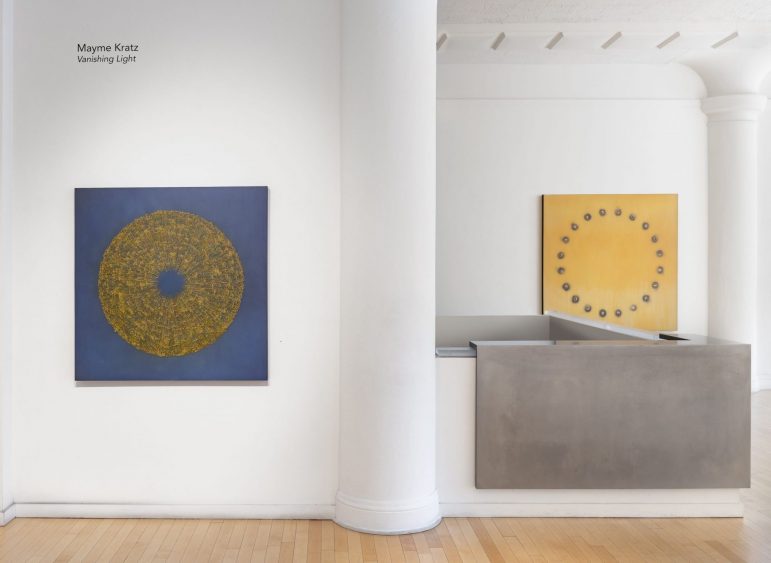
During the many years she has owned the gallery, Chadwick held an exhibition almost every month.
The exhibitions are planned a year and a half in advance, and the exhibiting artist has a lot of time to create the inventory for the show. The logistics are daunting; the packing and shipment of delicate and expensive works of art across the country or from the other side of the world. The careful arrangement and hanging of the work, the planning of the opening event. The promotion of the artist and his or her works. All the million things that go into presenting a successful art show.
When Chadwick decided to stay open, she realized it would only be her in the gallery. She would have to do things that she hadn’t done in many years. “I was in the gallery by myself and feeling a little isolated and scared about ‘How are we going to get through this?’” Her staff was at home, and she was in the big empty space herself. But she managed.
“I was just determined to keep things going for our artists,” she says.
Chadwick got the gallery set up for the first exhibition after San Francisco was shut down. She did not have any idea what would happen. She couldn’t have a traditional opening reception with dozens of friends and collectors sipping chardonnay. At the beginning, she couldn’t even have potential customers into the gallery.
Fortunately, many of the 50 artists she represents had a following. If she could reach out to those people, maybe they would want to see the exhibition on FaceTime.
That proved true.
Chadwick realized that with people stuck in their homes, her clients were spending a lot of time, literally, staring at their walls.
They were interested in seeing art.
Soon she was showing art through her iPhone, and her staff, working from home, was making digital mock-ups to show how individual paintings would look on their clients’ walls. They were working with people all over the country.
Amazingly, she was able to sell a few paintings right from the beginning. “I remember the first time I was doing a FaceTime call with a client so that they [could] see the paintings and they said, ‘Great. We’ll take those two paintings.’ And they were big paintings. I was just sitting there, and I was crying, and I was like, ‘You will?’ I was in shock.”
As soon as she finished with the sale, she called the painter in Belgium and said, “I just sold two big paintings.” The artist started crying, too.
At first, it wasn’t a calculated strategy. Chadwick knew it was important in a virtual world to stay in touch with her clients and others in the art community. She wanted to reach out and connect.
But she also knew she didn’t want to send another gloomy woe-is-me email. Chadwick has been a poetry lover for most of her life, and she had hosted a monthly poetry reading at the gallery for more than 10 years. She knows a lot of poets.
She decided it might boost people’s mood in those early days of the shutdown to get something in their mailboxes that wasn’t about COVID or politics.
Chadwick picked one of her favorite poems — “So Much Happiness” by Naomi Shihab Nye — which begins with the line, “It is difficult to know what to do with so much happiness,” and sent it out to her mailing list. But she didn’t send just the poem. She paired the poem with a painting from John DiPaolo, one of her artists.
The reaction was immediate and very positive.
Chadwick did another one the next day, and the day after that.
She got dozens of emails thanking her.
A woman named Demetra wrote, “A friend of mine alerted me to the beautiful art and poetry that you have put together so thoughtfully. … I am feeling so blessed to be able to look at the fantastic art. I have been moved and inspired by the poetry. It is just what is needed in this
difficult time. We must hold precious the sublime. Thank you.”
Chadwick just kept going. It was hard work. She labored to find good matches between the art and the poetry, so that each informed and expanded the other.
She originally thought she would do the pairings for a few days, but as she got into it, she just kept going.
From March 18 to Sept. 26, she sent a pairing most every business day.
It became a thing.
To Chadwick’s astonishment, “I started getting submissions from poetry agents,” she says. “I’m like, ‘I’m not a publisher,’ but I guess I kind of am.”
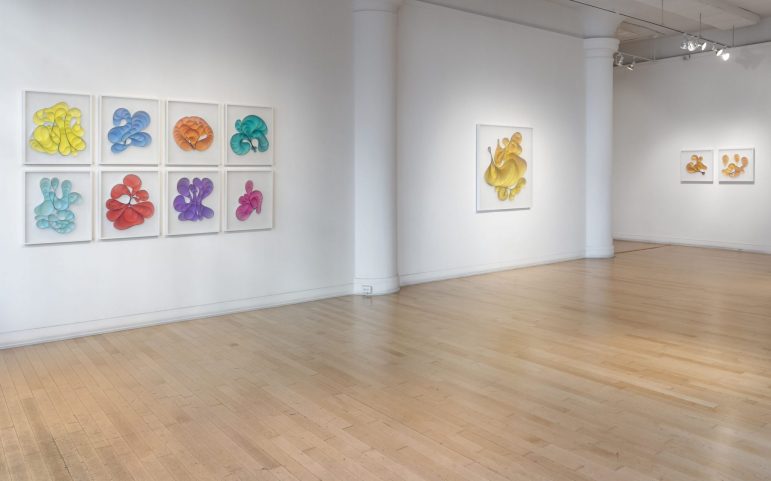
Over the course of the pandemic, Chadwick kept to her once-a-month exhibition schedule. “We might be the only gallery in the world that installed seven shows since March.” she says. “Seven real shows. I would be very surprised if anybody else did that.”
She never knew how they would work out. “Every show I’m just kind of holding my breath”
But it seems to be working.
The most recent show was by Alex Kanevsky, and it sold very well.
Kanevsky was born in Russia, raised in Lithuania and moved to the states when he was 20 years old. He settled in Philadelphia, a city that he loves, but “You can’t be an artist in Philadelphia and support yourself.”
Chadwick saw his work in an art magazine and reached out to him. He visited San Francisco and was taken with her. “I appreciate being in Lisa’s gallery so much because she does what she believes and that rarely happens,” Kanevsky says. “She wants to sell what she believes in, and then she has enough enthusiasm to convince people that what she loves they should love.”
Kanevsky says he has had seven or eight shows with Chadwick’s gallery. In much of the art world, he says, art is a product to be sold and “if your product doesn’t sell, then it’s a bad business. But art is not business. It can make [you] a living, but nobody gets rich, right? I really like that I’m associated with a gallery that understands that and supports that view.”
Chadwick says that her favorite day of the week is Friday. That’s the day she sends checks to her artists. “Everybody’s so appreciative,” she says. “Like, ‘Wow, another check.’ So great.”
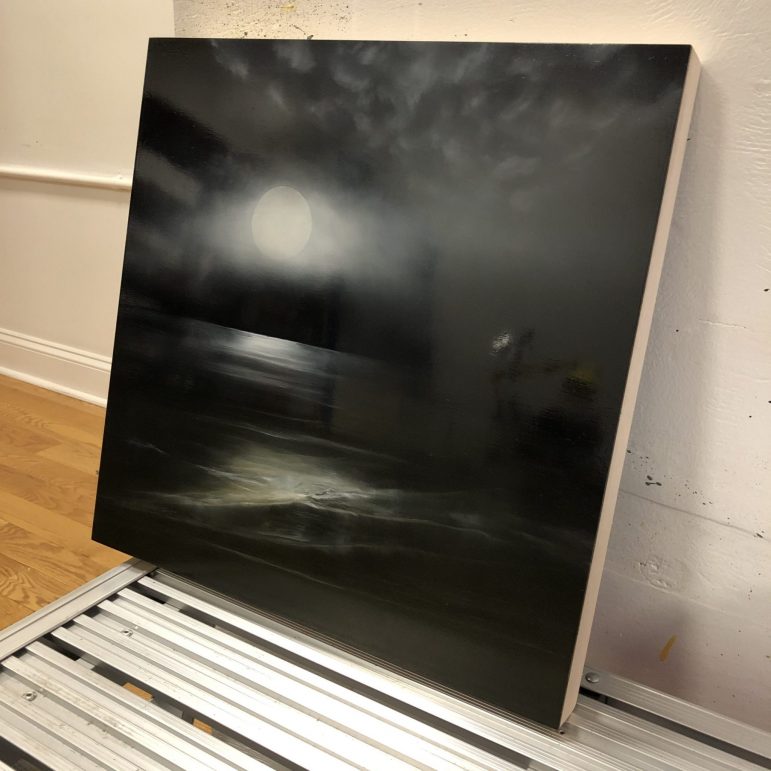
Louise LeBourgeois is a painter who lives in Chicago. She is also an open-water swimmer and frequently swims Lake Michigan. Many of her paintings are of the lake, a lake so big as to make its own weather.
LeBourgeois had her first show with Chadwick in 2009. She has had four since, one during the pandemic.
LeBourgeois was dubious that the last show could go forward and would have canceled if Chadwick hadn’t persuaded her. “Her communications with me were calm,” LeBourgeois says. “She just held out the expectation that the show would happen. So it gave me a way to keep putting one foot in front of the other as an artist. And that was a salvation.”
For the gallery’s 20th anniversary on July 16, 2017, LeBourgeois flew in from Chicago. She offered a toast to Chadwick, “I grew up with coaches in my life … Even before I knew she was a coach’s daughter, I recognized in Lisa someone with the ability to organize countless moving parts, and to orchestrate the talents, skills, and passions of so many different people: Artists, writers, critics, collectors, and all the vibrant people who work at Dolby Chadwick Gallery. … It is quite a team.”
She closed by saying, “I know that I have gone deeper and explored further into this work than I ever would have without Lisa’s support. I’ve become a better artist because of it.”
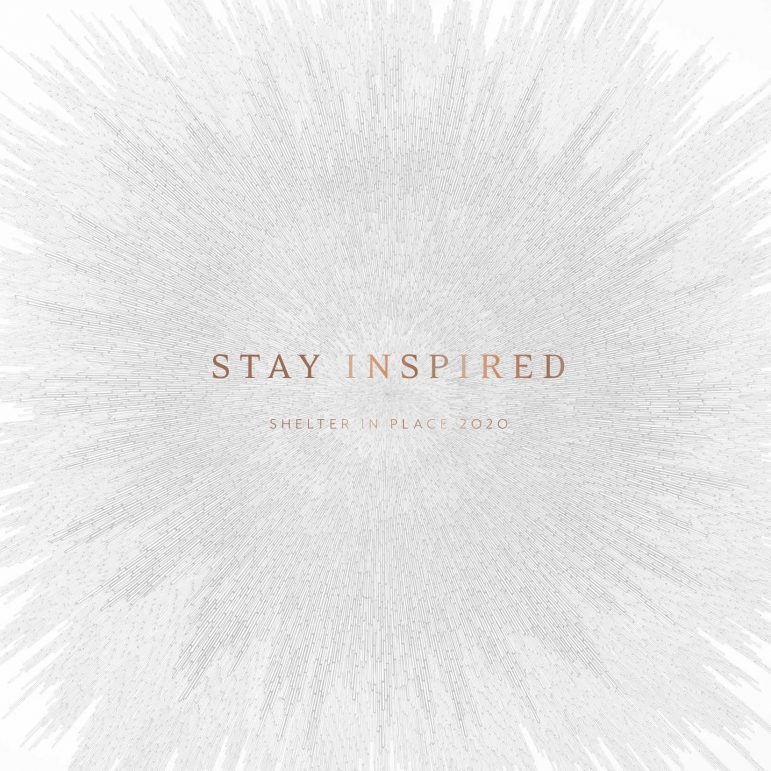
Chadwick decided to create a book out of her pairings.
The title of the book was easy.
“Stay Inspired: Shelter in Place 2020.”
At first, she didn’t want to do it. Chadwick knew from past projects how much time it would take. Not just preparing the work, but the enormous task of getting permissions. She represented all the artists so that was easy, but she needed permission from the poets.
She knew that poets wouldn’t always be easy to convince. “I heard a lot of no’s,” she says. “Or ‘Why would I do that?’ Or ‘Will my poem get collaged into a piece of art?’”
It was harder, if the poet was no longer alive. That meant dealing with estates and agents and publishers. “Do you know how hard it is to get ahold of Mary Oliver’s estate?” she asks.
But she decided it would be worth the effort. And it would have extra meaning if she made it for a charitable purpose, so she decided to donate half the price of each book she sells to the charity No Kid Hungry.
An advance copy of the book was delivered to Chadwick recently. She was with Sierra Nguyen, the gallery employee who had worked with Chadwick on the project. They opened the book together. The book was gorgeous. “We both just burst into tears and held each other because it was like, ‘Oh my God, I can’t believe this happened.’”
* Lisa Dolby Chadwick’s book pairing poems with paintings, “Stay Inspired: Shelter in Place 2020,” can be purchased for $75-$100 at http://dolbychadwickgallery.com/books.
* Joe Dworetzky is a second career journalist interning at the Bay City News Foundation and Local News Matters after a 35-year career as a lawyer. He graduated from Stanford in 2020 with a Master’s in journalism. He can be reached at joe.dworetzky@baycitynews.com.